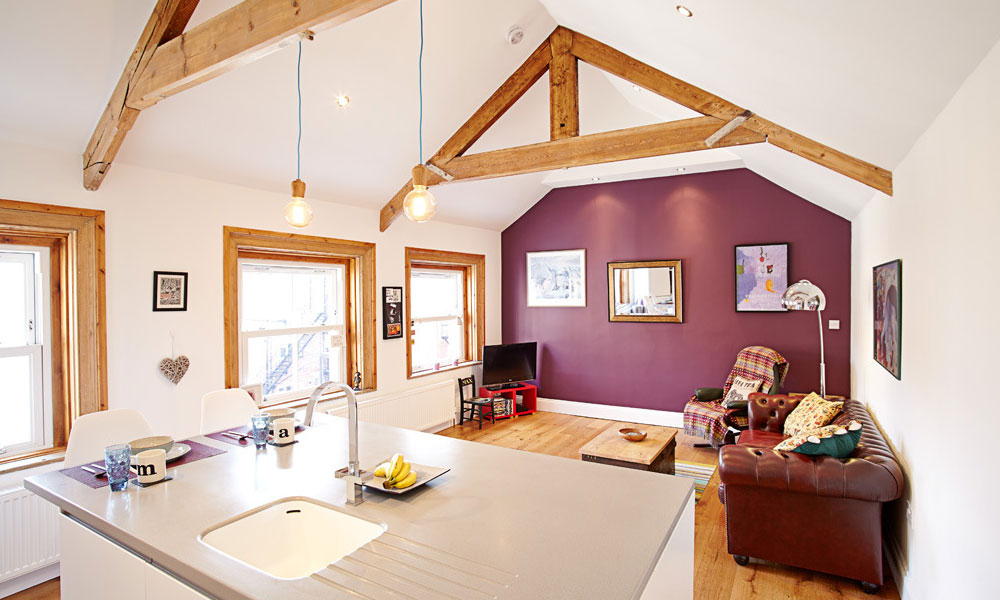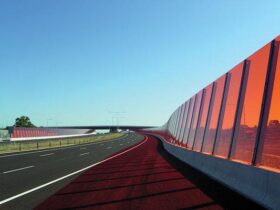As a homeowner, it’s essential to be proactive in maintaining your property and addressing potential issues before they escalate into costly repairs. While every part of your home deserves attention, certain areas are more susceptible to damage due to various factors such as exposure to the elements, wear and tear, and structural weaknesses.
- Roofing system
Roof is your first line of defence against harsh outdoor elements, making it one of the most vulnerable components of your property. Over time, exposure to sun, wind, rain, and snow causes wear and tear on roofing materials, leading to leaks, water damage, and even structural issues. Regularly inspecting your roof for missing, cracked, or damaged shingles, flashing problems, and deteriorating sealants is crucial. Addressing these issues promptly prevents more extensive and costly repairs down the line.
- Exterior walls and siding
The exterior walls of your home not only provide aesthetic appeal but also serve as a protective barrier against the elements. Cracks, holes, or gaps in the siding water moisture and pests to infiltrate, potentially causing mould growth, rot, and structural damage. Regularly inspecting the siding for signs of deterioration, such as peeling paint, warping, or loose boards, is essential. Additionally, pay close attention to areas around windows, doors, and trim, as these are entry points for moisture and pests vitalbuildinginspection.com.au/pricing/ has a good point for the building inspections in Sydney.
- Foundation
The foundation is the backbone of your home, and any issues with it have severe consequences. Foundation problems arise due to various factors, such as soil movement, water damage, or inadequate drainage. Cracks, uneven floors, stuck windows or doors, and visible gaps between walls and floors are all signs of potential foundation issues. Addressing foundation problems early is crucial, as they escalate quickly and lead to structural instability, making your home unsafe to live in.
- Plumbing system
Your home’s plumbing system is one of the most critical yet often overlooked areas. Leaks, clogs, and pipe corrosion cause water damage, mould growth, and even structural issues if left unaddressed. Regularly inspecting visible pipes, fixtures, and appliances for signs of leaks or water stains is essential. Additionally, scheduling a vital building inspection by a professional plumber identifies hidden issues within the plumbing system, such as pipe deterioration or improper installations.
- Electrical system
Electrical issues, safety risks, and potential fire hazards. Over time, electrical wiring is outdated, damaged, or overloaded, increasing the risk of shorts, sparks, and even electrical fires. Regularly inspecting your electrical system, including outlets, switches, and circuit breakers, for signs of wear, damage, or overloading is crucial. If you notice flickering lights, frequent circuit breaker trips, or a burning smell, it’s essential to have a licensed electrician inspect your system immediately.
- Windows and doors
Windows and doors provide access to your home but also play a vital role in insulation, energy efficiency, and security. Worn or damaged seals, cracks, or gaps allow air leaks, moisture intrusion, and even pests to enter your home. Regularly inspecting windows and doors for proper operation, seal integrity, and any signs of damage or deterioration is essential. Addressing issues promptly helps maintain your home’s energy efficiency and prevent more problems from developing.
Attics and crawl spaces are areas of a home, but they harbour potential issues that affect the entire structure. Poor insulation, moisture build-up, and pest infestations are common problems in these areas. Regularly inspecting and maintaining proper ventilation, insulation, and moisture control in your attic and crawl spaces prevent mould growth, wood rot, and structural damage.












